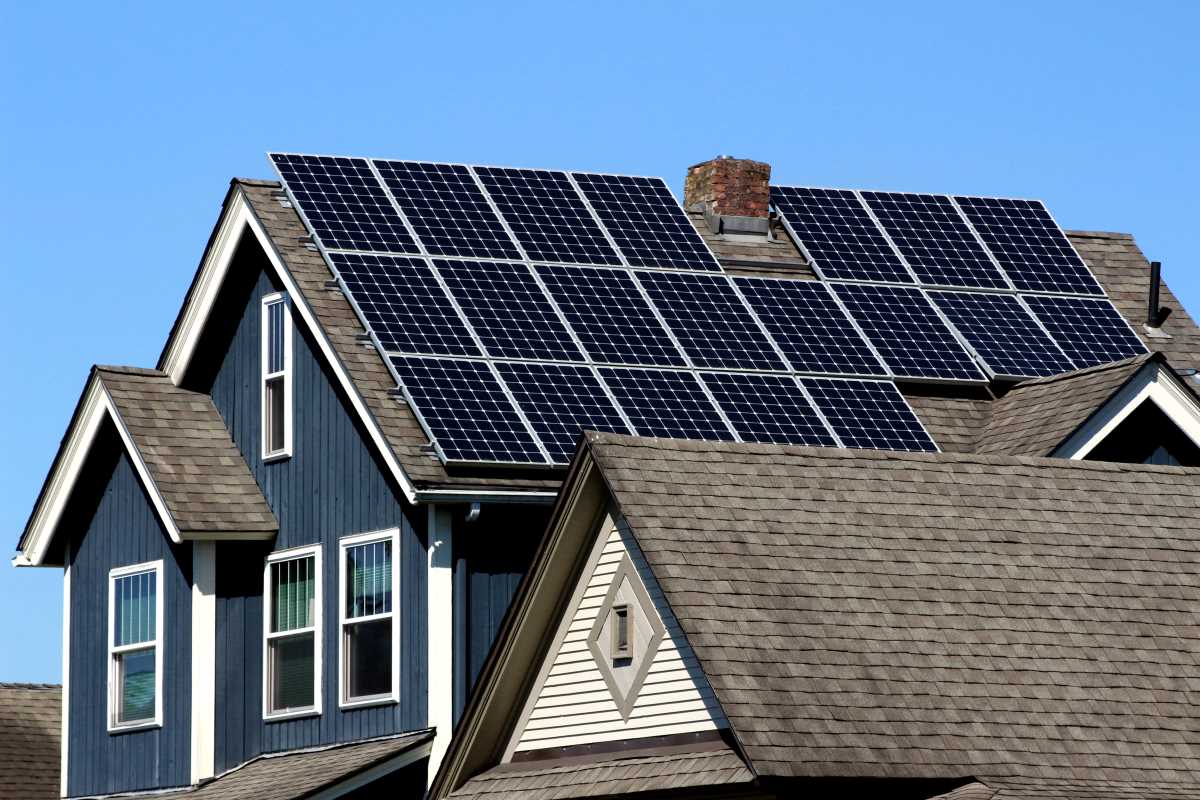Switching to solar panels feels like joining a club where sunshine turns into savings. But as appealing as “lower energy bills” sounds, actually calculating those savings can be a little trickier than slapping on some panels and assuming the best. Understanding your true savings means digging into the details of energy production, usage, and some other key factors. Don’t worry, though, we’re breaking it down so you can measure your savings with confidence (and maybe even brag a little at dinner parties).
Looking at Your Energy Consumption
Before you can figure out how much solar will save you, it’s time to get familiar with your energy usage habits. Think back to those energy bills you’ve been ignoring in your inbox. They hold the key to understanding how much electricity your household uses and when you use it most.
Energy usage is measured in kilowatt-hours (kWh), which might already sound familiar if you’ve glanced at those bills. Look at your monthly statement to see your total kWh usage. For extra credit, scan for patterns between summer and winter months. For instance, are you blasting the AC in July, or does your electric blanket keep the meter spinning in January?
It’s also helpful to figure out your peak hours. Is most of your energy being used in the afternoon when solar panels might be working their hardest, or at night when the sun’s gone to bed? These little details can reveal just how much solar power can cover your needs compared to grid electricity.
Factoring in Solar System Production
Next, it’s time to match your energy needs against what your solar panels can produce. Solar panels generate power based on two big factors: their efficiency and the amount of sunlight they receive. Here’s where location really matters.
Start with the solar potential in your area. Factors like the number of sunny days, average cloud cover, and even the angle of your roof come into play. A solar installer typically provides a production estimate based on these details. This tells you how much electricity your system can generate in an average month or year.
But, there’s more to it. Solar panels perform differently based on quality and size. Higher-efficiency panels generate more electricity but cost more upfront. If your roof has limited space, investing in higher performance might be the way to go. And don’t forget about maintenance. Dust, debris, and aging can lower efficiency over time, so cleaning and upkeep are critical to maintain those savings.
Crunching the Cost
Ask anyone who’s gone solar, and they’ll tell you it’s an investment, but it’s one that pays off. To find out how much you’ll save, though, you need to first understand the costs you’re offsetting. Beyond energy bills, there are upfront expenses, possible financing, and sometimes even tax credits to consider.
The first step is to calculate your system’s total cost, including the panels, installation, and any extras like batteries for energy storage. Divide this by your panels’ lifetime (usually 25 years or more) to get your annual cost baseline. Tax credits or incentives reduce this number, so check for federal and local programs that can give you some financial breathing room.
Now compare that cost against your current energy bill. What does your utility company charge per kWh? Multiply this by the amount of solar power your system can generate annually. Subtract this from your regular bill to see what’s left. This gives you an idea of how quickly your system pays for itself and when you can expect true savings to show up in your wallet.
Considering Net Metering Benefits
One of the coolest perks of solar energy is the ability to share excess energy with the grid, thanks to net metering. Here’s the simplified version of how it works. When your panels produce more electricity than you use (think those long sunny afternoons), the extra power goes back to the grid, and your energy provider credits your account.
This means you could effectively wipe out your electric bill during certain months or at least lower it significantly. Some places even allow you to carry surplus credits forward from month to month, giving you savings that last beyond a single billing cycle. Net metering policies vary by location, though, so make sure to check with your utility provider.
It’s also worth noting that net metering helps balance nighttime usage when your panels aren’t producing any power. During those hours, you’ll draw energy from the grid, but your credits might entirely cover the cost. Combined with efficient energy consumption, this setup can drastically improve your overall savings.
Seeing the Bigger Picture
After running the numbers, it’s easy to see why solar panels are so appealing. They lower your bills, reduce your carbon footprint, and add value to your home. But what many people often overlook is how these savings compound over time.
Think of it like this. Every dollar not spent on increasingly expensive grid electricity is a dollar saved for something else. Over a solar panel’s 25-year lifespan, those incremental savings pile up, with no major price surges from utility companies in sight. Plus, tax credits and energy rebates give you an upfront boost that accelerates your return on investment.
Solar power also acts as a hedge against fluctuating energy prices. Remember how energy rates always seem to creep higher? Solar systems provide stability, ensuring that no matter what happens in the energy market, you have some control over your costs.
Assessing the true savings from solar panels goes beyond a single calculation. It’s about understanding how your system works in harmony with your lifestyle, energy habits, and available rebates.
 (Image via
(Image via





